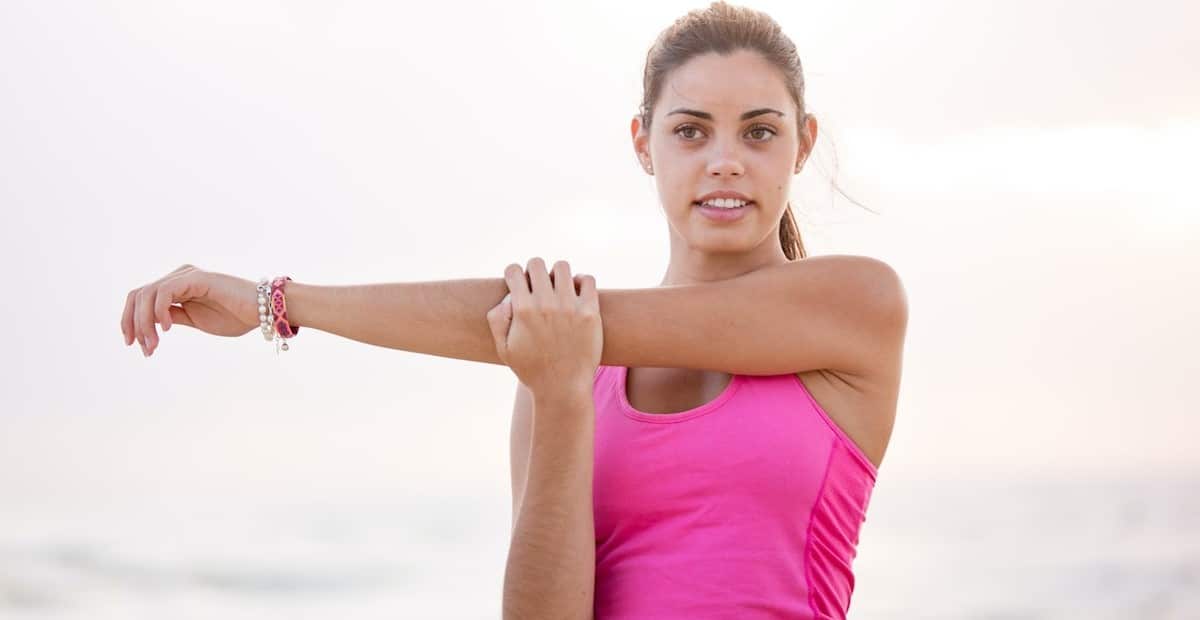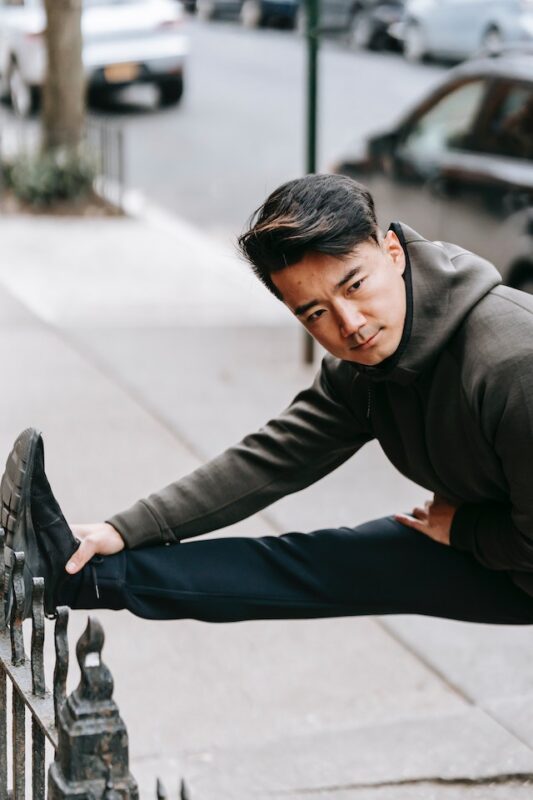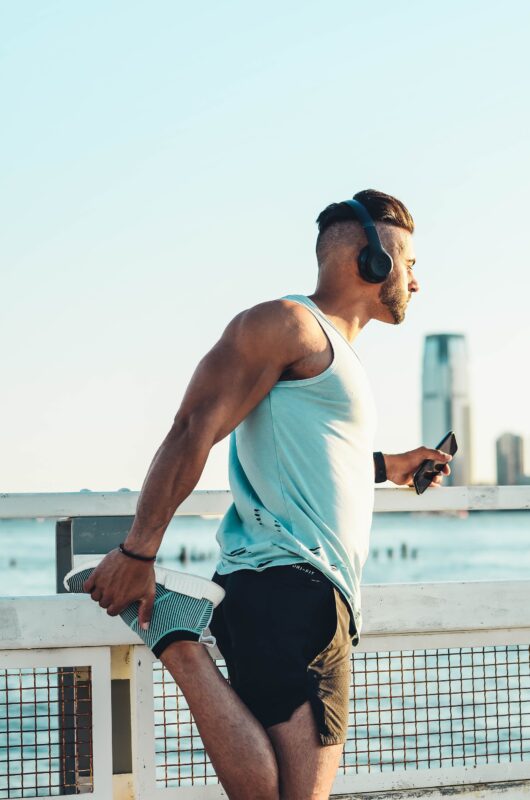
Contents
Using a dynamic stretching method, static stretching routines or blood flow techniques for the proper stretching routine
Stretching is important. So before I hear you saying that you manage fine without it, that your legs haven’t fallen off or that actually you ‘feel better without them’ you should read this blog.
Now, do something for me, even if it’s just in your head.
Channel your focus to your left foot, now to your left knee and now to your entire left leg. Put that leg straight, bend it, and finish off the step you just performed.
Disappointed? Unsurprising. But a question does arise – did you use muscles to perform that step?
Squints in frustration yet nods non the less
And do you think those muscles can strain, tear, pull, and detach, all rendering you out for the count with a shorter athletic career than you were expecting?
Yeah, let’s read a little about the importance of stretching.
Yale Medicine states –
”Before asking muscles to suddenly increase their activity, such as going for a run, it’s important to give them preparation time. When seated, many of our muscles contract or shorten because of the position. But during running, these muscles are stretched. If the shift from sitting to running is done too quickly, there is risk for injury – a pre-stretched muscle can handle and resist stress better than an unstretched one.”
And I couldn’t agree more… wait, what did they say?
Dynamic stretches
These stretches are super important. Why? Because reaching down to touch your toes and stretching your arm across your body are powerful. Why? Because 30 seconds of mild discomfort at the max stretch point is going to keep you safe. How?
sigh
Research shows (check out Yale Medicine once more) that static stretching doesn’t work before a workout in the way we think. Performing gentle movements in repetition and motion increases circulation and muscle length. All of this means that your body is far more prepared for rigorous movement, and those boring static stretches aren’t needed.
But what will be needed is equal attention to both sides of the body…
Double-sided
You can cause a host of injuries with uneven stretching. You must ensure even stretching on both sides of the body to maintain holistic safety and long-term risk reduction. Let’s take walking lunges for example – if you executed the exercise with your left leg correctly but right leg incorrectly, then over time, as you improve, you could be creating a weaker leg that’s prone to injury.




Conclusion
The world of online instruction can be confusing. Reading things like – ‘stand with your feet hip-width apart, move your right leg muscles up, down and up again, oh and make sure you have your toes pointing forward, but remember you need to have your hips pointing forward too…’ it can just be a little off-putting. When you have so many areas to think about, like hip flexors, for example, it can make this even more laborious.
The answer is simple.
Use the words as a frame and videos as a reference, now get on with your early morning pre-workout stretches!
FAQs
Is there such a thing as the best dynamic stretches out there?
While it matters if you have the right or wrong starting position for an exercise, what matters more is that you have the right exercise in the first place – it’s down to you and your body.
Good fluid movement is a great privilege to have, and as such, we should all embrace it and maintain it to the best of our ability ensuring a greater quality of life now and even more so in our senior years. Daily exercises and stretches that incorporate a range of motion from your right arm, left leg straight, left ankle, to your right foot are all of equal importance.